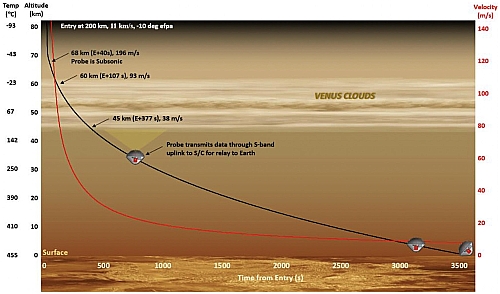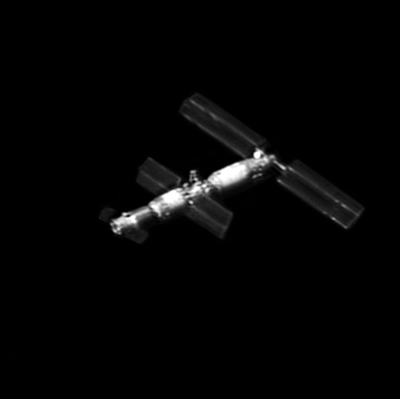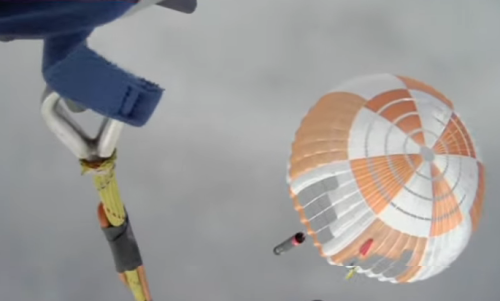Rocket Lab and China launch satellites successfully
Both the American company Rocket Lab and China have successfully placed satellites in orbit in the past day.
First, Rocket Lab successfully placed two Earth observation satellites for the company Capella yesterday. This was also its second launch from Wallops Island in Virginia. The company made no attempt to recover the first stage.
Next, China today used its Long March 3B rocket to place its own Earth observation satellite into orbit from its Xichang spaceport, located in the country’s northeast but far from the ocean. No word on whether the rocket’s first stage and four strap-on boosters crashed near habitable areas.
The leaders in the 2023 launch race:
17 SpaceX
11 China
4 Russia
2 Rocket Lab
For the rest of the year, I will only list the leaders with each launch update. At this moment, American private enterprise leads China 19 to 11 in the national rankings, and the entire world combined 19 to 17. SpaceX alone now trails the rest of the world combined, including American companies, 17 to 19.
These numbers will likely change later today, as SpaceX has two launches scheduled in just a few hours. One launch will place two communications satellites in orbit for the Luxembourg company SES. The other will launch another 52 Starlink satellites.
Both the American company Rocket Lab and China have successfully placed satellites in orbit in the past day.
First, Rocket Lab successfully placed two Earth observation satellites for the company Capella yesterday. This was also its second launch from Wallops Island in Virginia. The company made no attempt to recover the first stage.
Next, China today used its Long March 3B rocket to place its own Earth observation satellite into orbit from its Xichang spaceport, located in the country’s northeast but far from the ocean. No word on whether the rocket’s first stage and four strap-on boosters crashed near habitable areas.
The leaders in the 2023 launch race:
17 SpaceX
11 China
4 Russia
2 Rocket Lab
For the rest of the year, I will only list the leaders with each launch update. At this moment, American private enterprise leads China 19 to 11 in the national rankings, and the entire world combined 19 to 17. SpaceX alone now trails the rest of the world combined, including American companies, 17 to 19.
These numbers will likely change later today, as SpaceX has two launches scheduled in just a few hours. One launch will place two communications satellites in orbit for the Luxembourg company SES. The other will launch another 52 Starlink satellites.



